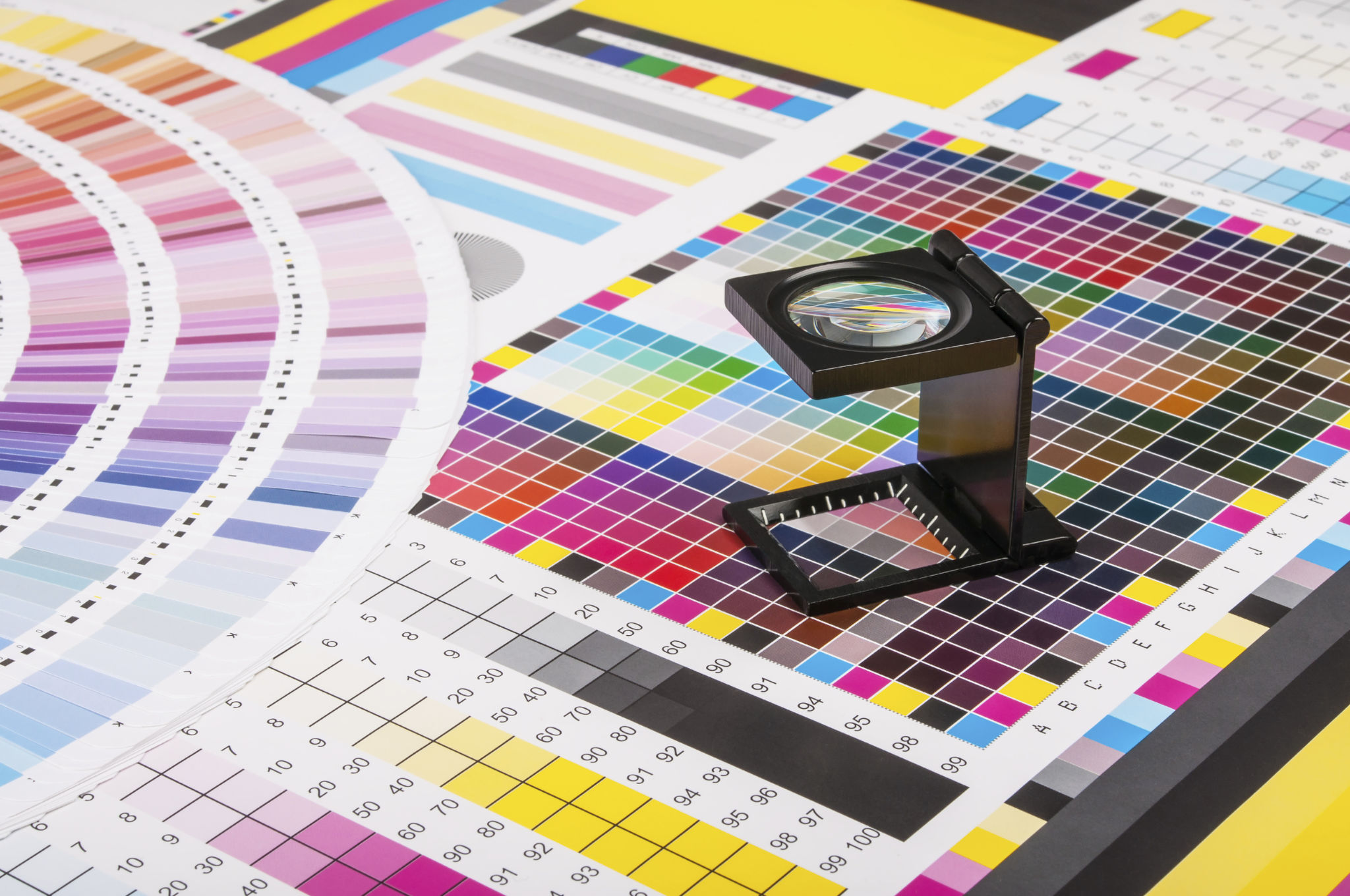How to Prepare Your Designs for Custom Printing in the UAE
Understanding the Basics of Custom Printing
Custom printing is a popular service in the UAE, catering to businesses and individuals looking to create unique, personalized products. Whether you're designing business cards, t-shirts, or promotional materials, understanding the basics of custom printing is essential. The process involves transferring your digital designs onto physical items, which requires careful preparation of your files to ensure the best results.
Before diving into the specifics of design preparation, it's important to understand the various printing techniques available. Common methods include digital printing, screen printing, and sublimation. Each technique has its own advantages and is suited for different types of materials and designs.

File Formats and Resolution
One of the most critical aspects of preparing your designs for custom printing is selecting the right file format. Most printers in the UAE prefer formats such as PDF, AI, or EPS for vector graphics, and JPEG or PNG for raster images. These formats ensure that your designs remain crisp and clear when printed.
Resolution also plays a crucial role in the quality of the final product. Aim for a minimum of 300 DPI (dots per inch) to ensure high-quality prints. Low-resolution images can appear pixelated and unprofessional, so always double-check your files before submission.
Color Management
Color management is another key factor in preparing your designs for printing. The UAE's diverse market often requires consistent color reproduction across various materials. To achieve this, use the CMYK color model for print designs, as it reflects how colors will appear on physical products.
Additionally, consider using Pantone colors for more precise color matching. This is particularly important when brand consistency is crucial, as Pantone colors offer a standardized palette recognized worldwide.

Bleed and Margins
When designing for print, incorporating bleed and margins is essential to avoid unwanted white borders. Bleed refers to extending your design beyond its intended edges, while margins provide a safe area away from the edge where important elements should not be placed. A typical bleed allowance is around 3mm, but it's always best to check with your printer for specific requirements.
Proper use of bleed and margins ensures that your design will appear as intended, with no critical elements cut off during the trimming process.
Proofing and Testing
Before sending your designs to print, it's wise to request a proof from the printing company. Proofing allows you to see a sample of how your final product will look and provides an opportunity to catch any errors or make adjustments before mass production.
Testing your designs on different materials can also be beneficial. This step helps determine how colors and details translate onto various substrates, ensuring that the final product meets your expectations.

Working with Professional Printers
Collaborating with experienced printers in the UAE can greatly enhance the quality of your custom printed products. Professional printers offer valuable insights into design adjustments, material selection, and optimal printing techniques tailored to your specific needs.
Establishing clear communication with your printer is crucial. Share detailed specifications and expectations to ensure that the final product aligns with your vision.
Conclusion
Preparing your designs for custom printing in the UAE involves several crucial steps, from selecting the right file formats and resolutions to managing color and incorporating bleed. By following these guidelines and working closely with professional printers, you can achieve high-quality custom prints that effectively represent your brand or personal style.
Investing time in understanding these fundamentals will not only save you time and money but also ensure that your printed materials stand out in a competitive market.
